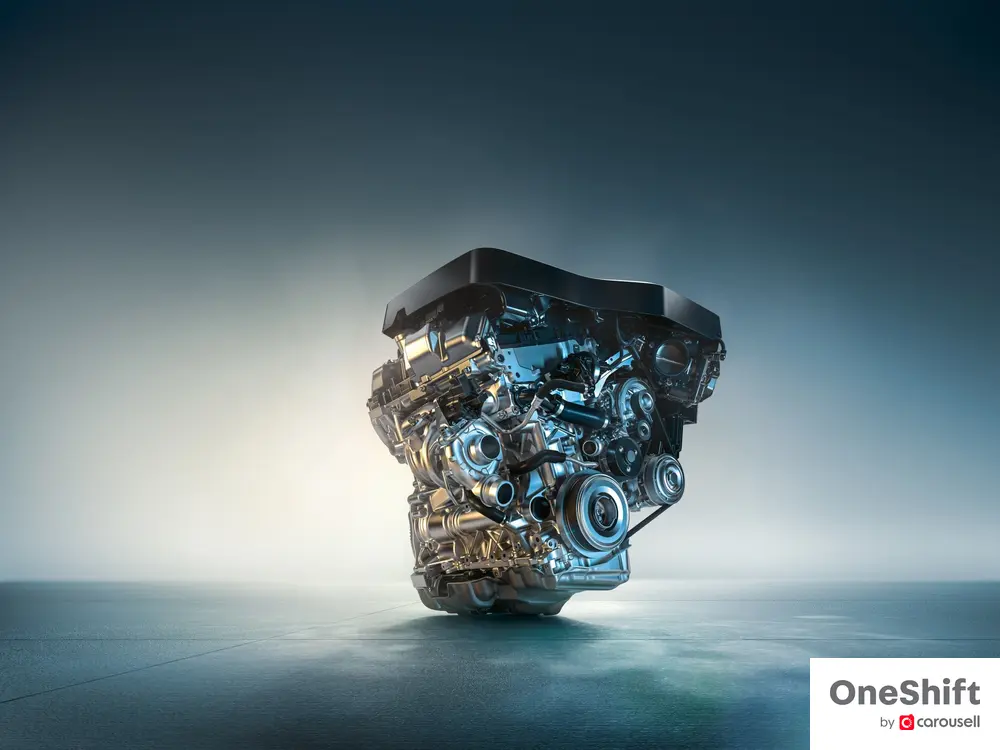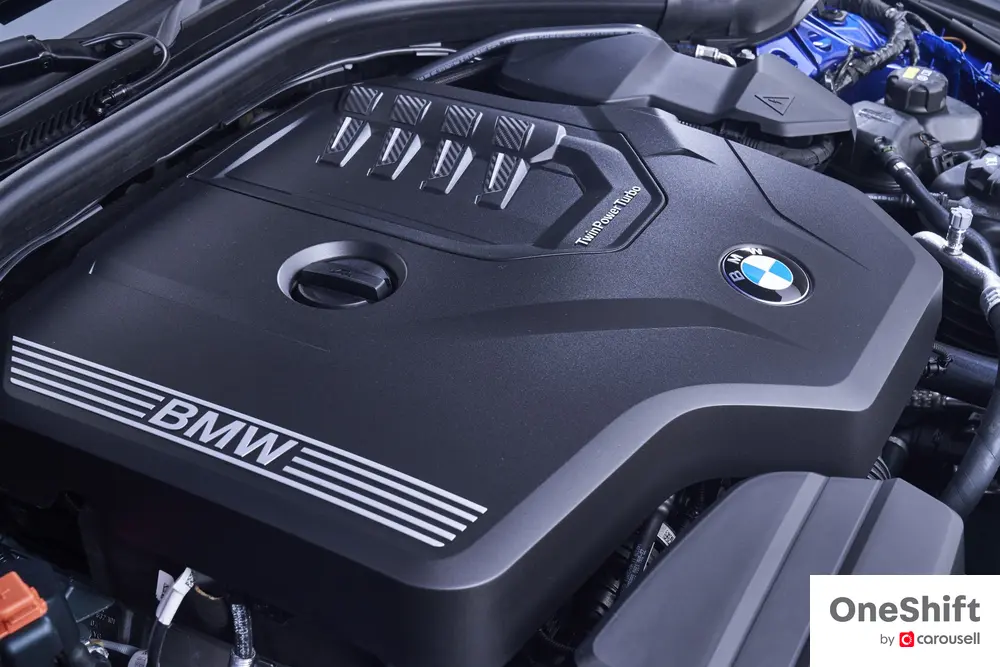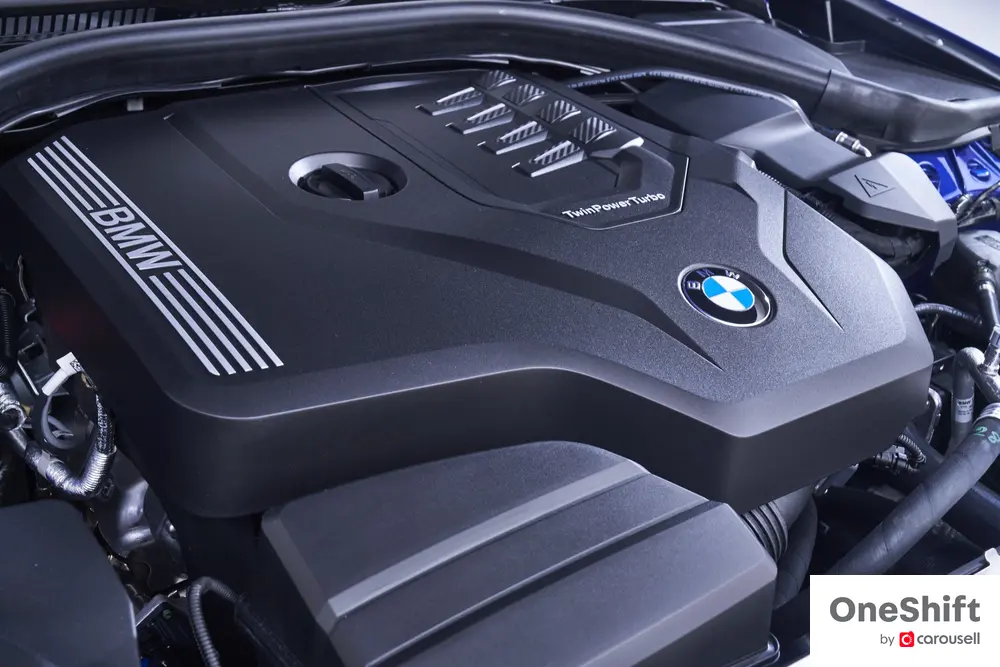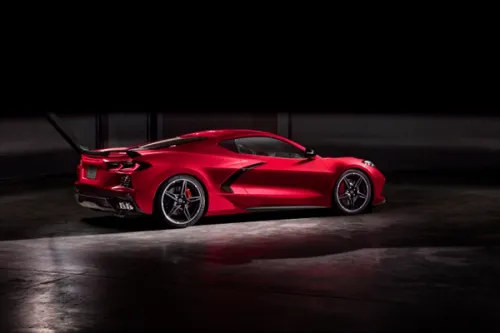Demystifying the Differences between the B48 Engines in the G20 318i, 320i and 330i
Hint: the 330i's engine is set apart by more than just a tune-up.







“I might as well buy a 318i and chip it up, right?”
That’s what we often hear from people considering either the base G20 - the 318i - or to fork out a premium for the higher-powered models like the 330i. This phenomenon started when the previous F30 generation bestowed turbocharging across the range, even to the least powerful models. To the layman, it would just seem like different horsepower and torque figures on paper from a similar engine.
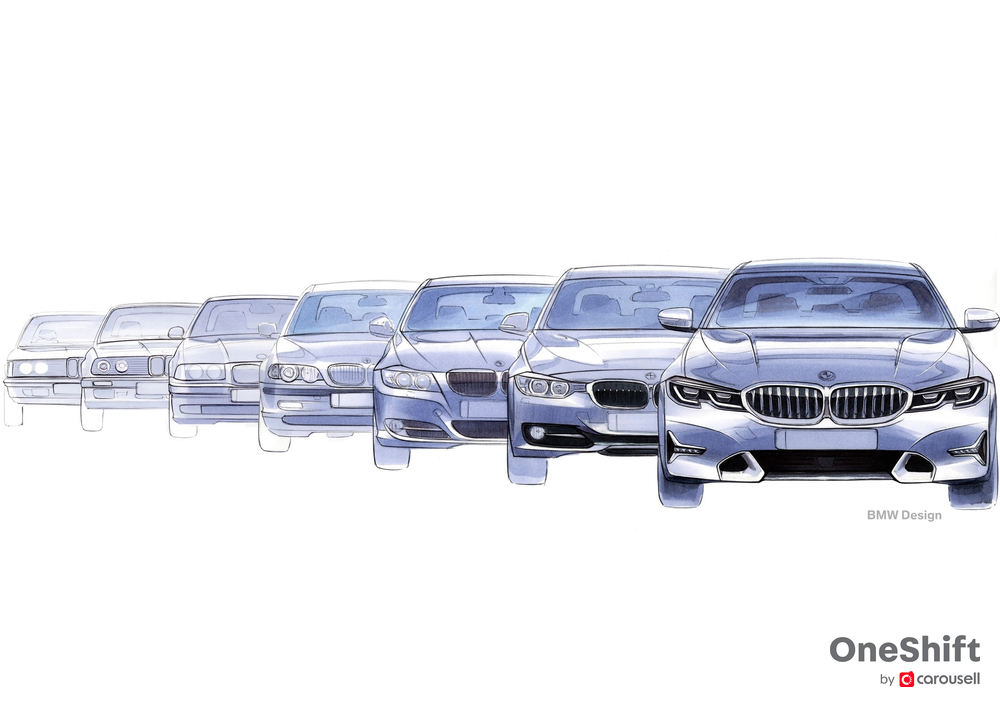
On the surface, it makes sense - aside from specification differences, and it must be said that the base 318i these days is also very nicely optioned - all three variants share the same engine code, B48. A formidable engine with an enviable track record, it far surpasses BMW’s last generation of ‘N’ engines in terms of power, durability and economy. They have the same 1998 cc displacement and the same 94.6 mm stroke and 82 mm bore, thus the rods across all engines are identical. Only the horsepower and torque outputs differ vastly.

But it is time to dispel the myth, for our recent drive in the 330i Touring made us very certain that its B48 is very different to the B48 in the lesser models, and we were confident that the changes have to be more than just a tune. At the same time, we wondered if the 320i would be closer to the 318i or the 330i mechanically.

We dug a little deeper and started to notice the differences. While the 318i and 320i (both using the B48M1) have the same compression ratio of 11, the 330i (with the B4801) has a lower 10.2 compression ratio. The 330i has a different piston height that utilises different geometries to achieve this lower compression ratio. The bottom line is that the 330i has been optimised for higher power output due to its better thermodynamic management.
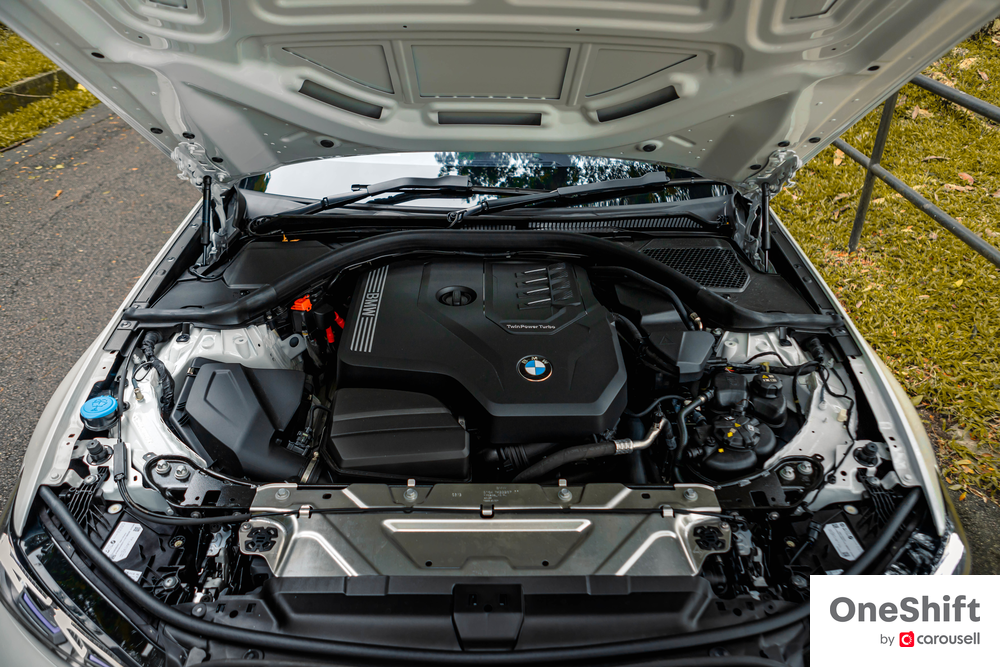
Secondly, the 330i’s cylinder head and basic engine structure has been strengthened for higher mechanical durability. Its cylinder head has a different casting process for higher thermal strength. An enhanced cooling system is in place, where an indirect charge air cooler allows for lower operating temperatures. Different piston rings with PVD coating are utilised to make higher combustion pressure possible. High temperature throttle valves have been installed together with a modified exhaust manifold. And although the 330i’s engine uses the same turbocharger as the 318i, a bigger compressor and turbine housing have been employed, allowing up to 0.8 bar higher boost pressure to be applied.
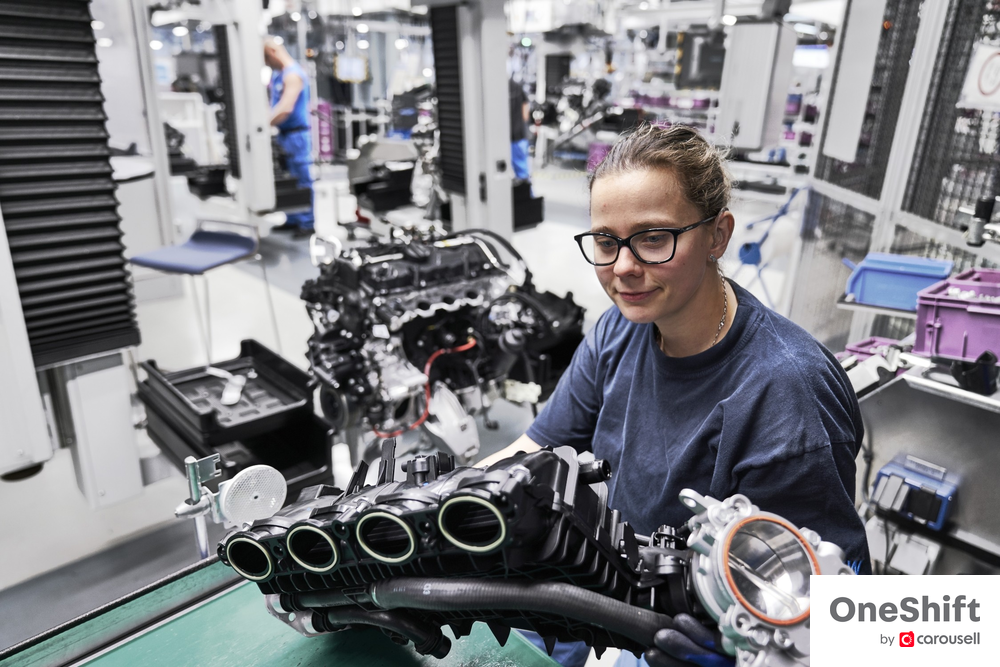
Lastly, the 330i’s exhaust system comes with flaps as standard for better aural engagement. I can vouch for this, as the 330i Touring’s exhaust note is way, way louder than I had expected.
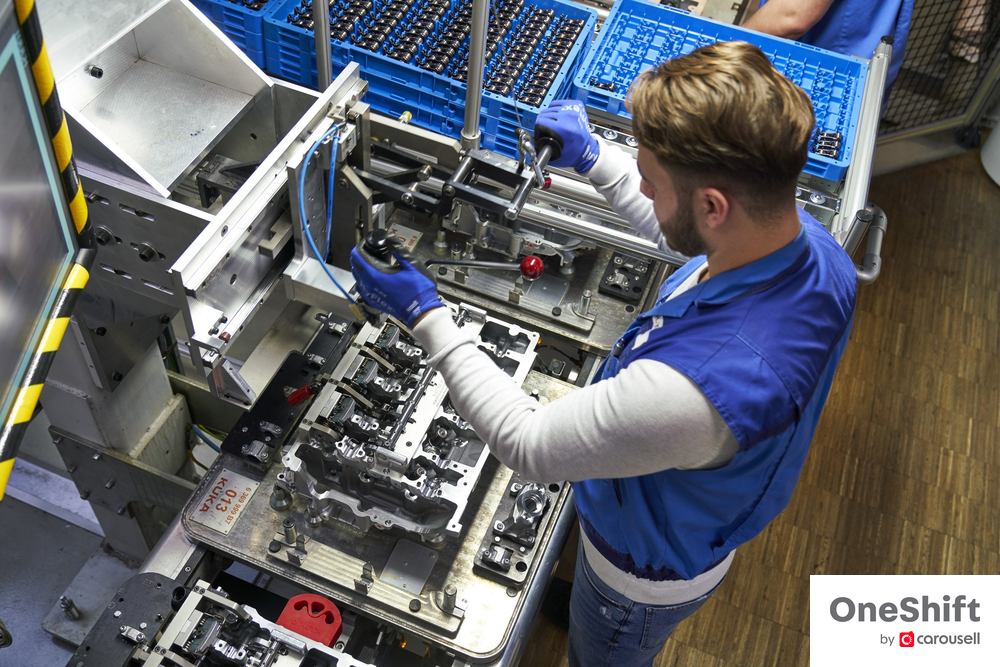
Convinced to pay that extra for the 330i now? Well, you should if you can afford it. BMW has done a surprising amount of enhancements to its engine, making the 330i worthy of its nameplate. For the record, it isn’t just a simple tune-up job! This seems to apply to both the non-LCI and LCI G20s.
In contrast, we can conclusively say the 318i and 320i are mechanically similar, so there is less differentiation between those two. There you have it!
Photos by New Gen Marketing and BMW
---
Selling your car? Whatever the reason, caryousell@carousell, sell your car at the highest price today.


Get the Best Price for your used car
from 500+ dealers in 24 hours

- Convenient and Hassle-Free
- Consumer Protection
Transparent Process
With No Obligation

